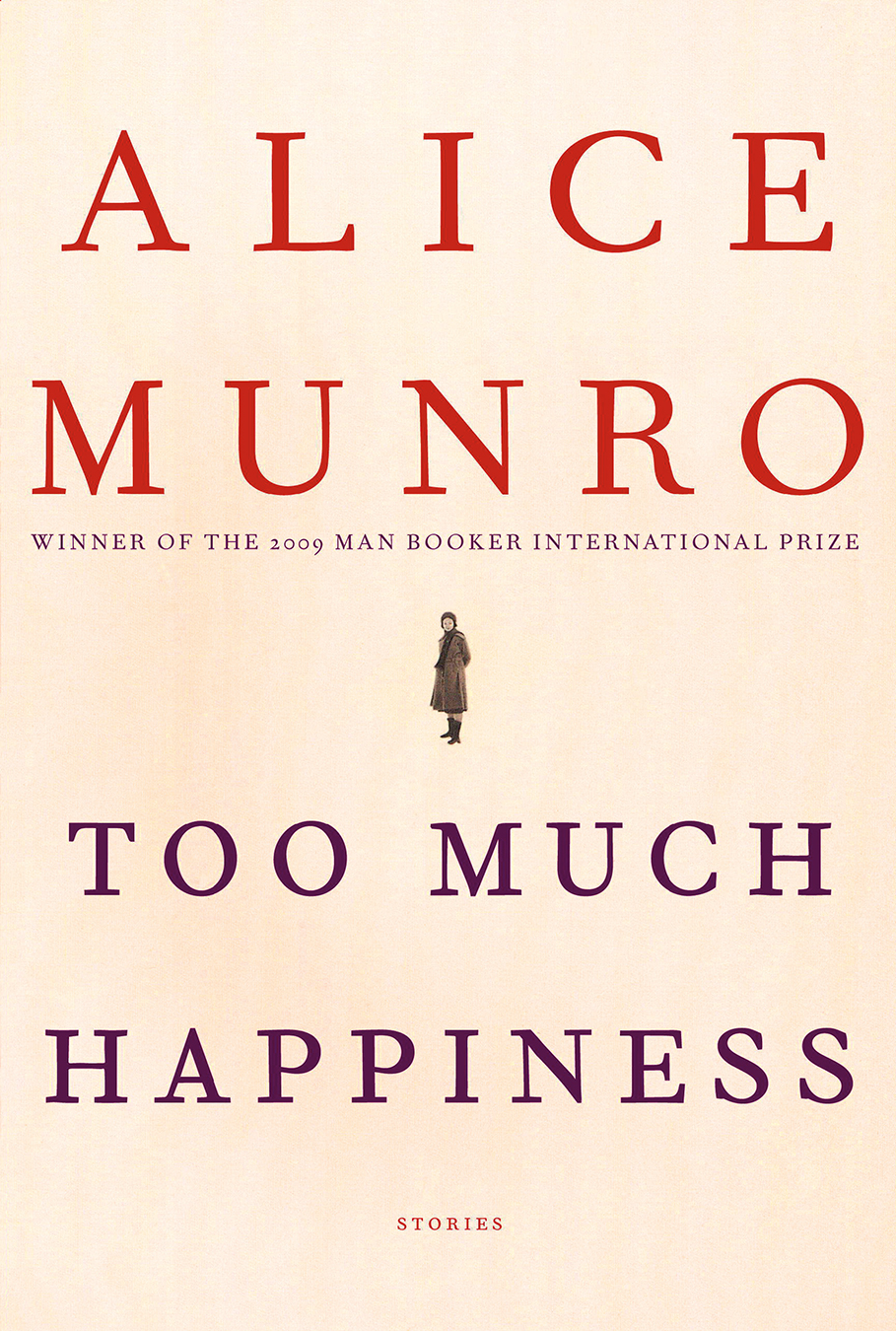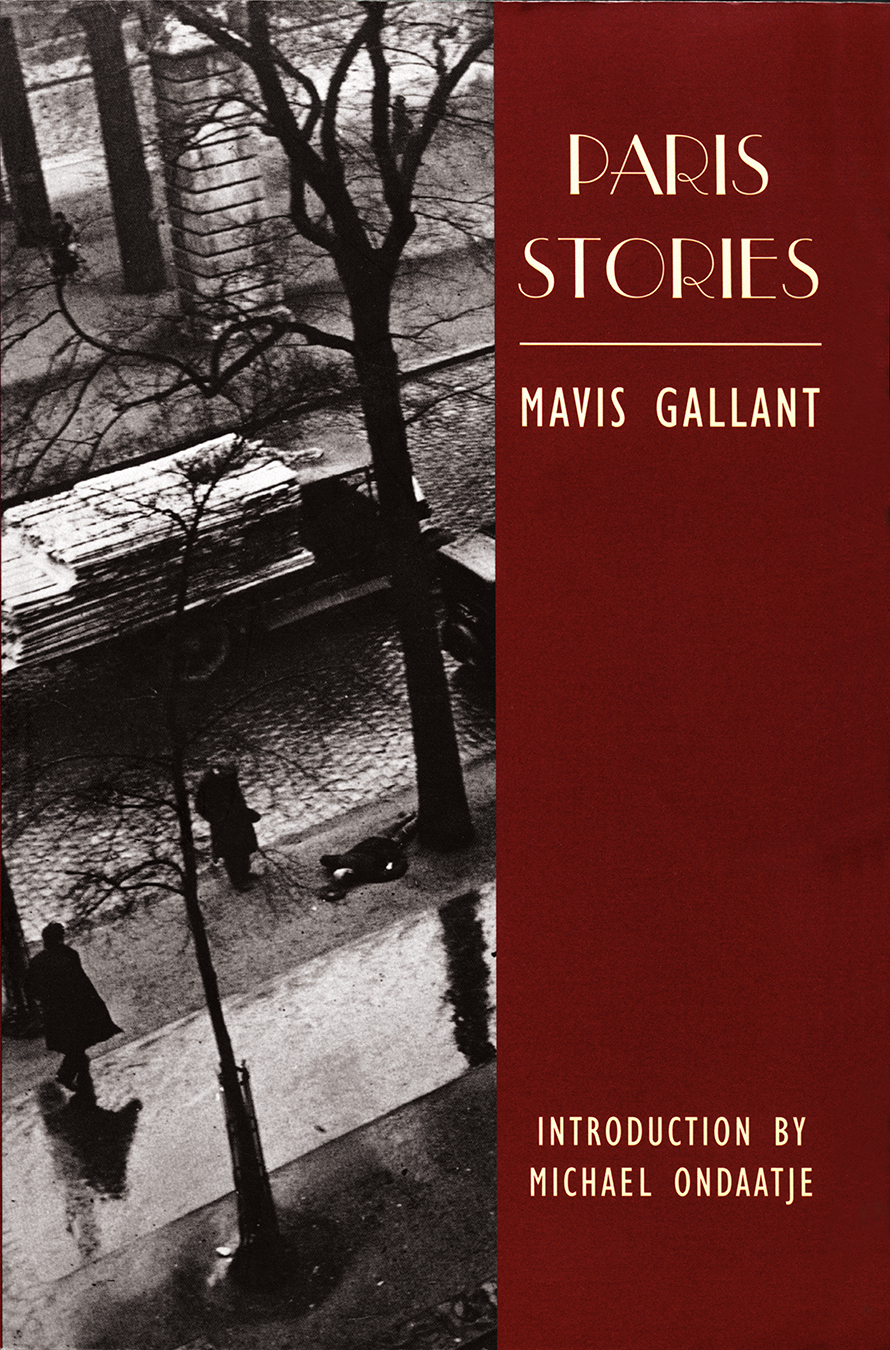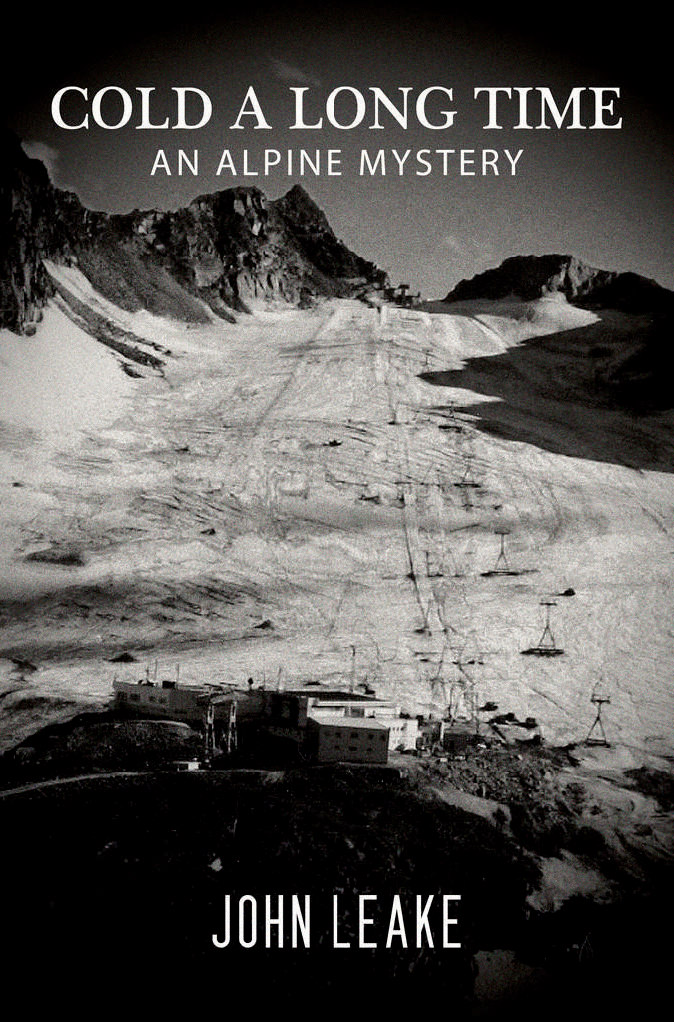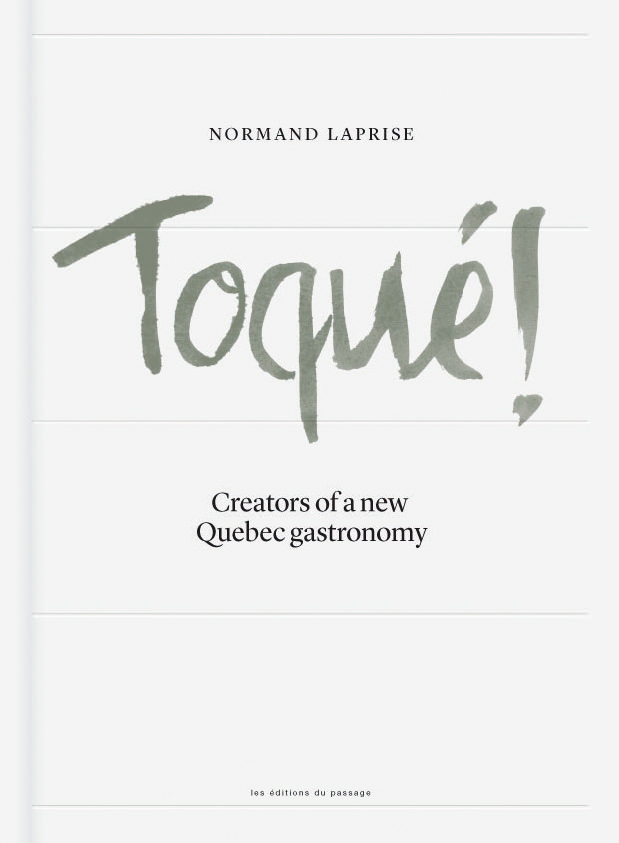Made in Canada
Books by Alice Munro and Mavis Gallant.
The early warning stations report that literary history is undergoing what paleontologists call an “extinction event”. So is the planet, it turns out, which puts the future of books in the same doubt as movies, French kissing, and low-carb diets. Whereas we might not survive the larger extinction, if we do, books will continue in one form or another. Even the physical book as we know it has a pretty good shot in that it’s on a short list of perfect creations—the book, the row boat, the bow and arrow, and the cantilevered corkscrew. What will change, if we’re lucky, are tendencies in literary history itself, which has it that the best writers often go unread in their time. Melville died thinking he was a failure. Faulkner’s great works were all out of print a few years after publication. And who knows how many of the best writers were never read at all, or never published?
If things break right, there will come a time when the best writers are the most read, and the forms least popular currently—poetry and short stories—are consumed like celebrity gossip. In this better world, everyone would read four poems and one short story a day, and so have restored to them the mystery missing in their other hours. And, because this is my imaginary world, the most-read story writers would be the best ones.
Measured by breadth and depth, by length of achievement, the two best living story writers in English are Canadians Alice Munro and Mavis Gallant. They have been described this way or something like it so often, and have been so often paired in such descriptions, that I admit a reluctance to bring them together in this column. Each deserves a full, sustained attention, and to be read apart from their reputations.
In her new book, Too Much Happiness, Munro reprises themes familiar from earlier collections—the violence, the stifling of women by collective opinion and common practice. The protagonist of the long title story is the 19th-century Russian mathematician and novelist Sophia Kovalevsky. A remarkable life doesn’t always make for a remarkable story, but in this case it certainly helps. In the telling, Munro opens up the high drama of Kovalevsky’s life little by little as she travels alone by train in winter, ill with the pneumonia that will kill her. We learn first of her relationship with the man she is set to marry: a distant relation named Maxsim, a professor of sociology and law, forbidden to teach in Russia for being a liberal. The course of their affections was broken for a time after Sophia won an international prize in mathematics. In accepting the award in Paris she noted to herself that the prize didn’t change the fact that because she was a woman she would never have “a job worthy of her gift” and “would be lucky indeed to find herself teaching in a provincial girls’ high school.” Sophia eventually becomes the first woman to hold a university teaching post in northern Europe, but the job in Stockholm isolates her from Maxsim and from her mentor, Weierstrass, from whose point of view we learn of Sophia’s rare intellectual gift—“He felt he must soothe her, hold her carefully, letting her learn how to manage the fireworks in her own brain”—a gift which he likens to that of a “great poet”. Only at this point of the story do we learn that Sophia was married years earlier to a radical who opposed the law prohibiting unmarried women from travelling outside of Russia. So much is delayed in the telling—the marriage, the husband’s suicide, Sophia’s motherhood—that we read in a state of constant expectation. The high dramas are simply granted to the character. Munro isn’t trying to convince us of this woman’s genius, her literary gifts, or even her determination. Rather, she is bringing her to us as a thinking, remembering, feeling woman.
Munro is not often sufficiently credited for her slyness as a writer. In the title story, for instance, I thought I detected allusions to Russian writers contemporary with Kovalevsky (to whom Dostoevsky had proposed). Is the Gogol of Dead Souls haunting about the cemetery scene? Is he there at the train station when Sophia recognizes Maxsim’s double by his overcoat? And there are moments in Sophia’s story that seem to echo earlier ones in the collection. Is the story titled “Free Radicals” meant to return to us in a kind of pun when we read of Sophia’s “radical” husband? Is it a coincidence that two of the children in “Dimensions”, a story set in present-day Ontario, are named Sasha and Dimitri? Are these two and their sister meant to accompany us even after we’ve read this story of a young woman named Doree, whose husband has murdered their children?
In a better world, everyone would read four poems and one short story a day, and so have restored to them the mystery missing in their other hours.
Doree’s life should be unimaginable, but somehow Munro imagines it. Somewhat as we follow Sophia’s long train journey, so we find Doree on the long series of bus rides that take her from the town she’s newly moved to, where no one knows her or her past, to the facility where her husband, Lloyd, is incarcerated. The scenes of her visits with him are hollowing. And we’re brought wholly inside Lloyd’s mind through a letter he writes Doree, telling her that he has seen their children in a vision. He tells her they are happy. “They seem to understand at different levels. You can notice with Dimitri he has learned to talk which he was not able to do. They are in a room I can partly recognize.” He ends with a theory as to why Doree might not have seen the children herself, though she is more deserving of the vision: “It may be harder for you to do because you live in the world so much more than I do but at least I can give you this information—the Truth—and in telling you I have seen them, I hope that it will make your heart lighter.” Though she fights the conclusion, Doree can’t help but want to believe Lloyd because “who was to say that the visions of a person who had done such a thing and made such a journey might not mean something?” And so she gets on the bus yet again to make her connections for another visit. In the story’s last pages, chance intervenes and seems this time to offer her some understanding of what will be required to endure her memories and longings.
If you haven’t read Mavis Gallant’s fiction, then you’d do well to start anywhere—the stories written in and about Canada, often of Montreal, or those set in Europe, often Paris, where Gallant has lived most of her life. In Paris Stories, a selected collection edited by Michael Ondaatje, you’ll find Gallant’s perceptiveness, descriptive brilliance, and tonal range. In the mainly comic stories, such as those about Henri Grippes, minor novelist and negligent landlord, Gallant proves she can be as bitingly funny as Mordecai Richler or any writer Canada has produced. In “Grippes and Poche” the novelist finds himself sitting across from a government tax official named Poche, who suspects Grippes of having hidden foreign earnings. Grippes is surprised to have been flagged for assessment, given that his “visible way of life was stoic and plain” and he lived in an “underfurnished apartment … shared with some cats he had already tried to claim as dependents.” Poche regards Grippes with eyes “as helpless and eager as those of a gun dog waiting for a command in the right language.” This first meeting and others, year by year, play out to the absurdities of French politics and bureaucracy. As characters based on Poche begin to appear in Grippes’ novels, the two men seem to become each other’s true dependents.
Gallant’s stories can be dark but don’t indulge in darkness; they take misfortune as a given and summon themselves to the task of finding out what happens after the convulsions of family and history. “The Ice Wagon Going Down the Street” tells the story of Peter Frazier and his wife, Sheilah, who, with their two children, are a family of fallen prospects, moving around Europe in the hopes of finding some venture that might restore them to better circumstances. Peter belongs to a formerly prominent Toronto family, but comes to find he can’t trade on his name:
When he was small his patrimony was squandered under his nose. He remembers people dancing in his father’s house. He remembers seeing and nearly understanding adultery in a guest room, among a pile of wraps. He thought he had seen a murder; he never told … When his father died he saw the chairs upside down and the bailiff’s chalk marks. Then the doors were sealed.
Working in a desultory office in Geneva, he’s assigned as his secretary another Canadian, “an inferior girl of poor quality.” But Agnes Brusen, “a Norwegian from a small town in Saskatchewan,” turns out to be in favour with the very people Peter and Sheilah wish to impress, the Burleighs. At a party hosted by the Burleighs, Peter glimpses Sheilah talking with a man: “Their conversation was private and enclosed, as if they had in minutes covered leagues of time and arrived at the place where everything was implied, understood.” When Agnes leaves the party alone, the host and then Sheilah insist that Peter find her and drive her home. The events that follow reveal both characters, alone and afraid, though only Agnes seems to know her fears by name. The story ends years later, with Peter and Sheilah out of money and staying with his sister in Toronto. Peter imagines a scene Agnes once described to him from her childhood, when she’d risen early on summer mornings, before her siblings, to be alone and watch the ice wagon going down the street. Now such a morning is vivid to him. Then he lets the vision go:
Let Agnes have the start of the day. Let Agnes think it was invented for her. Who wants to be alone in the universe? No, begin at the beginning: Peter lost Agnes. Agnes says to herself somewhere, Peter is lost.
These enigmatic last lines seem to leave Peter’s conscious viewpoint so that we see him pronounced upon not by fate, which has already had its say, but by his own memory of a truer soul, glimpsed long ago, but not understood.






